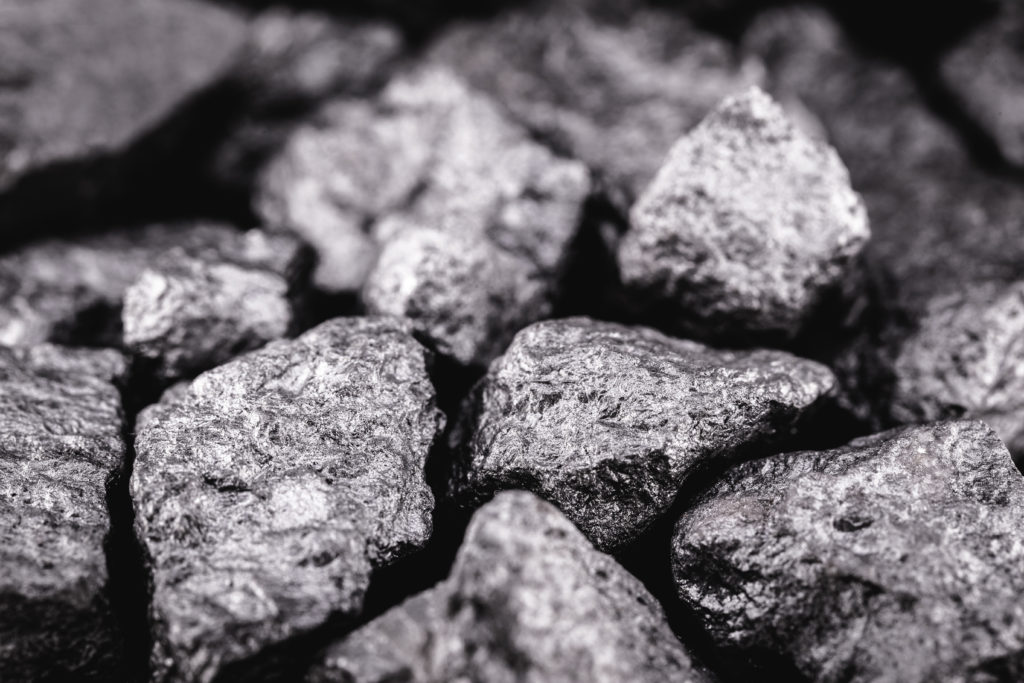Column: China fires latest warning signal with antimony controls

China’s announcement of antimony export restrictions has added fuel to a red-hot market and opens another potential flash-point with the West for control of critical minerals.
Antimony is a little-known metal with multiple applications. Its largest end-use is as a flame retardant, but it is also found in solar panels and lead-acid batteries.
The US Department of the Interior has designated it a critical mineral because it is also essential for armour-piercing ammunition, infrared sensors and precision optics.
The Department of Defense was holding stocks of just over 90 metric tons (198,763 pounds) at the end of September 2022, according to the US Congressional Research Service.
The Annual Materials Plan for the current fiscal year allows for the purchase of up to an additional 1,100 tons.
That is going to be a tough challenge if the world’s dominant antimony producer limits global supply.
There is an emerging pattern here.
Last year Beijing flexed its metallic muscles with similar restrictions on exports of gallium, germanium and graphite in a tit-for-tat response to US controls on exports of advanced semiconductor chips to China.
Nor is antimony likely to be the last strategic metal to be weaponized for a potential trade war with the West.

Hot market
Antimony prices have nearly doubled since the start of the year to a record $22,750 per ton, basis metal delivered to Northwest Europe.
That’s in part because of shrinking exports from major producers. China’s exports are in medium-term decline due to higher demand from its solar energy sector, while Russian supply has been crimped by falling output and Western sanctions.
The flow from other big producing nations such as Vietnam, Tajikistan and Myanmar has been disrupted by the re-routing of shipments from the Red Sea due to Houthi attacks on shipping.
Analysts at Project Blue estimate the market was already looking at a 10,000-ton shortfall before China’s restrictions.
These new rules don’t set explicit limits on exports but rather require exporters to apply for licences for dual-use civilian and military materials and technology, a process that typically takes two to three months in China.
On paper, the controls are not targeted at any specific country but Chinese authorities can refuse licences to export to individual end-user companies or countries as they see fit.
If gallium and germanium are anything to go by, expect a collapse in outbound antimony shipments once the new rules come into effect on Sept. 15, followed by a weak recovery in volumes.
Chinese exports of the two chip metals fell by 74% and 63% respectively in the first quarter on a year-on-year basis.
Warning shots
China’s export controls are more a signalling device than an outright trade attack at this stage.
Beijing overplayed its critical metals hand in 2010 when it suspended shipments of rare earths to Japan. It lost a resulting World Trade Organization case and watched as high prices generated a wave of substitution away from rare earth magnets.
This time, export controls are being used as warning shots to deter Western countries from implementing further restrictions on exports of next-generation technology such as artificial-intelligence computer chips.
The messaging is aimed first and foremost at the United States, where there is bipartisan hostility to China’s growing military and technology challenge.
The US remains critically dependent on China for antimony. It consumed 22,000 tons of antimony products in 2023. Domestic production amounted to just 4,000 tons, mostly in the form of antimonial lead recovered from spent lead-acid batteries and absorbed back into the battery chain.
China accounted for 63% of US imports of antimony metal and oxide last year, according to the United States Geological Survey (USGS). The next largest supplier, Belgium, just 8%.
One domestic operator, Perpetua Resources, is hoping to reopen the Stibnite antimony mine in Idaho. The company has received backing from both the Pentagon and the US Export-Import Bank.
But, like many potential domestic critical metal producers, Perpetua is facing environmental opposition. First production at Stibnite is currently pencilled in for 2028, assuming Perpetua can navigate the permitting process.
Lengthening list
This is highly unlikely to be the last metallic warning shot fired by China.
Next up could be tungsten, another minor metal with overlapping civilian and military applications and a supply chain dominated by China.
China’s Ministry of Commerce issued new rules for exporters of tungsten, antimony and silver in November 2023, including a minimum financial liquidity threshold and a full record of overseas shipments over the 2020-2022 period.
The US REEShore Act already prohibits the use of Chinese tungsten in military equipment starting from 2026, which makes the metal an obvious choice for a retaliatory gesture.
However, China is not short of options when it comes to leveraging its dominance in critical metals production.
It is the largest source of supply for 26 of the 50 minerals currently classified as critical by the USGS, according to the Center for Strategic and International Studies think-tank.
It’s just a question of what comes next.
(The opinions expressed here are those of the author, Andy Home, a columnist for Reuters.)
(Editing by Alexander Smith)
More News
{{ commodity.name }}
{{ post.title }}
{{ post.date }}

Comments
Charles Butcher
Who started the trade war ,the west, now they crying “foul” such duplicity. They deserve everything they get